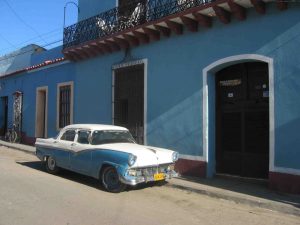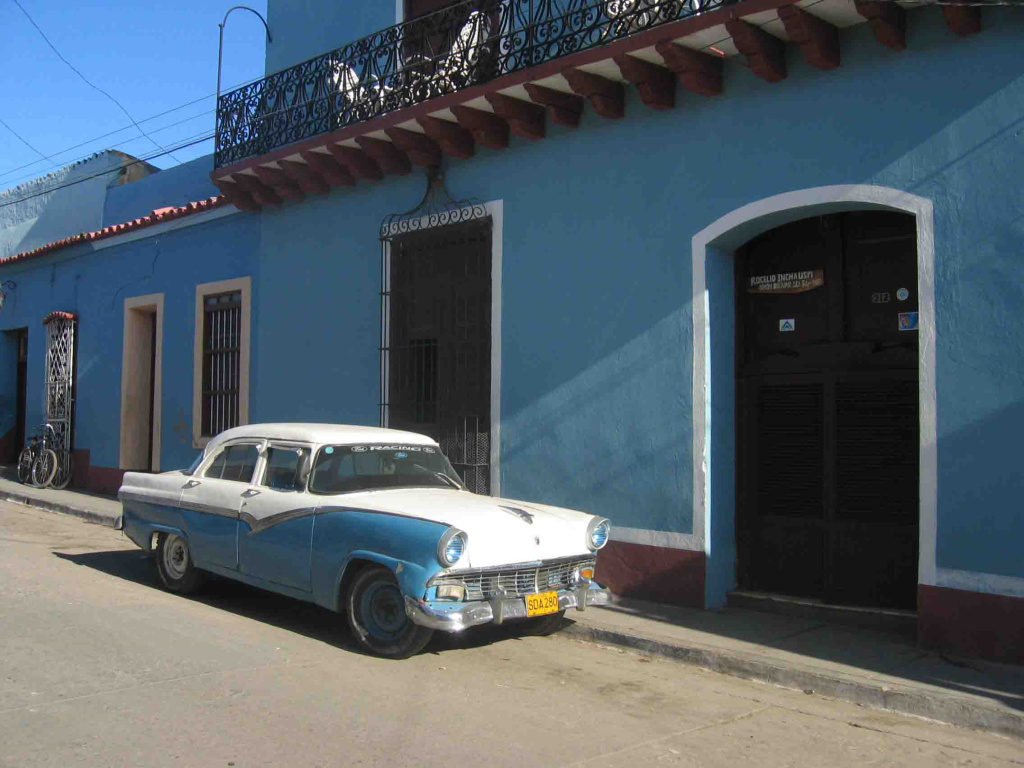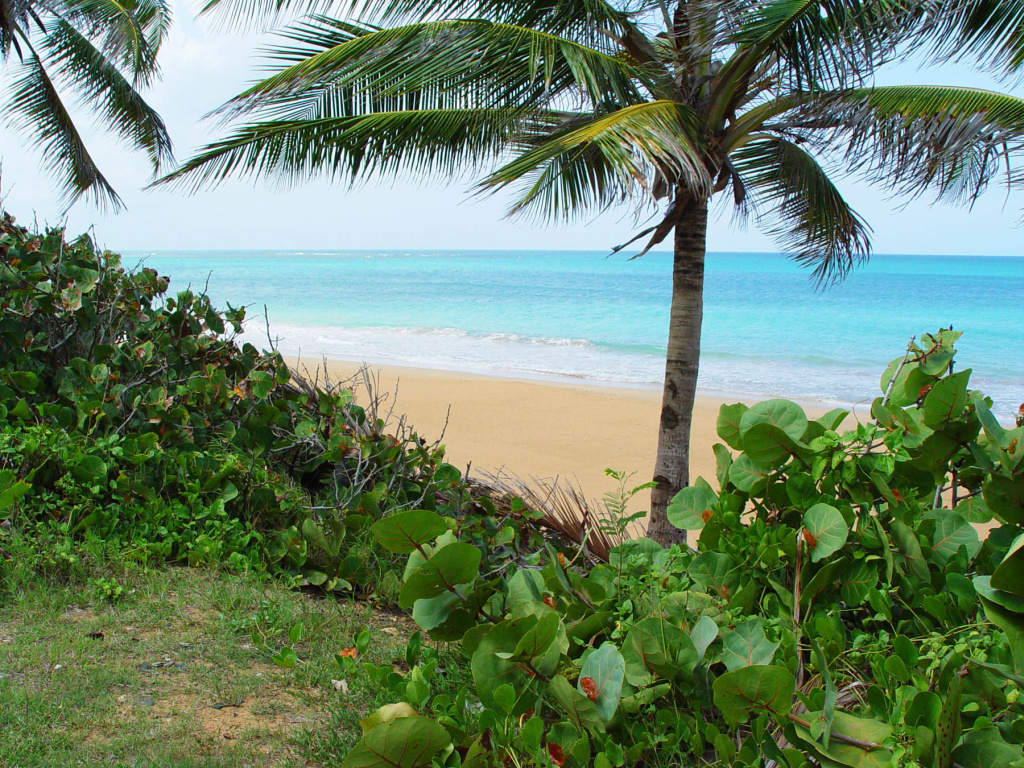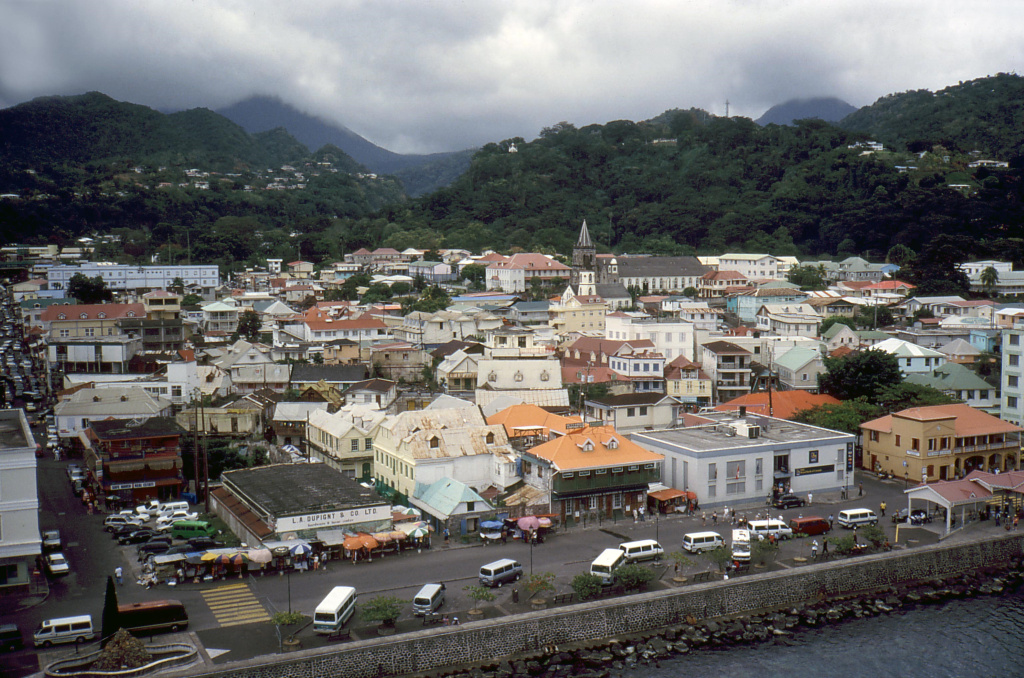The Taínos, which means “peace” began inhabiting the islands around a few hundred years B.C. Several explorers from Europe eventually noted that different Arawak tribes lived in several islands in the Caribbean like Puerto Rico, where the Borinquens were, and the Bahamas, which the Lucayans populated. Furthermore, other Taínos were living on Jamaica, Cuba and Hispaniola islands.
The Taínos slept and rested in hammocks, celebrated rituals and worshipped a god, both male and female, with the use of stone and wood figurines, which were their icons called “zemis”. Since they were near the ocean, it was their main source of food, but they also got food from land. The animals that sustained them were fish, parrots, doves, manatee and other small animals along with different wild fruits and maize and cassava crops. The Taínos considered rain, fire, wind and hurricanes as their natural spiritual forces. They also believed in the afterlife and that it was achieved in a dancing place they called “coyaba”, where everyone was free of hurricanes, hunger or sickness.
Then the Caribs began forcing the Taínos out of the Caribbean. But it was the Spaniards who were able to ultimately force the Taínos off the islands. While they were looking for gold, the Spaniards  eliminated the Taínos in less than 50 years. The conquistadors dispatched the Taínos tribesmen to South Africa to work in pearl beds and gold mines. However, many Taínos escaped this enslavement by committing suicide. The ill-searching for gold continued until the year 1521 when there were larger reserves discovered in Mexico.
eliminated the Taínos in less than 50 years. The conquistadors dispatched the Taínos tribesmen to South Africa to work in pearl beds and gold mines. However, many Taínos escaped this enslavement by committing suicide. The ill-searching for gold continued until the year 1521 when there were larger reserves discovered in Mexico.
Even if the Carib Tribesmen were superstitious, they were not interested in religion at all. The Caribs had their hair dark or black, long and oiled. Parrot feathers, red body paint and necklaces made out of victims’ teeth make up the native clothing of the Caribs. The females tended to the “carbet”, which was their shelter, while the men went out to hunt for food. And because many of these women were really Arawak captives, they conversed in their own language among themselves.
Colonization and Independence
Some islands of the Caribbean were passed from colonizer to colonizer more than twenty times in the Caribbean wars. European imperialists had a war with the Carib Indians while in the 16th century, the Spaniards wiped out the Taíno tribe as they plundered for gold in the Caribbean. When the Emancipation Act of 1834 was established, slavery in the Caribbean ended. Moreover, the Caribbean no longer became a fighting prize among Europeans as they no longer depended on the islands for sugar and other resources. But the influence of the Europeans can definitely still be understood with how the Caribbean was shaped throughout history.



